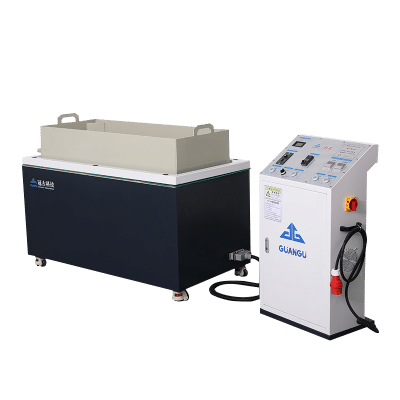Burrs are a common issue found on metal gears after machining. These burrs can cause several problems, including premature wear of gear teeth and reduced gear efficiency. In this article, we will explore the best practices for deburring metal gears to ensure smooth, efficient operation.

Step 1: Understand the Material
Before beginning the deburring process, it is important to understand the material properties of the gear. Different metals require different deburring techniques and tools. For example, softer metals like aluminum may require a gentler approach, while harder metals like steel may require more aggressive deburring.
Step 2: Select the Appropriate Deburring Method
There are several deburring methods available, including hand deburring, power deburring, and chemical deburring. Selecting the appropriate method depends on the specific application and the degree of burring. For example, hand deburring is suitable for small gears or areas with limited access, while power deburring is better suited for large gears or those with complex geometries.
Step 3: Select the Correct Tool and Parameters
The type of tool and settings used for deburring can significantly impact the quality of the finished product. For example, a fine-tooth wheel is recommended for deburring gear teeth, while a coarse-tooth wheel can remove material more quickly but may also cause damage to the gear surface.
Step 4: Practice Safety Measures
Deburring metal gears can be a noisy, dusty process. It is important to use appropriate safety equipment, such as ear protection, goggles, and a respirator to minimize the risk of injury. Additionally, ensure that the work area is well-ventilated to reduce the risk of harmful fumes and dust.
Step 5: Quality Control
To ensure that the deburring process was successful, routine quality checks should be performed. Use a magnifying glass or microscope to inspect the gear surface for any remaining burrs or damage. If any issues are found, adjust the deburring tools and parameters accordingly to correct the problem.
Deburring metal gears is a critical step in the manufacturing process that can often be overlooked. However, taking the time to properly deburr gears can lead to improved gear performance, increased efficiency, and extended gear life. By following the steps outlined in this article, you can ensure that your metal gears are free of burrs and ready for use.









You must be logged in to post a comment.